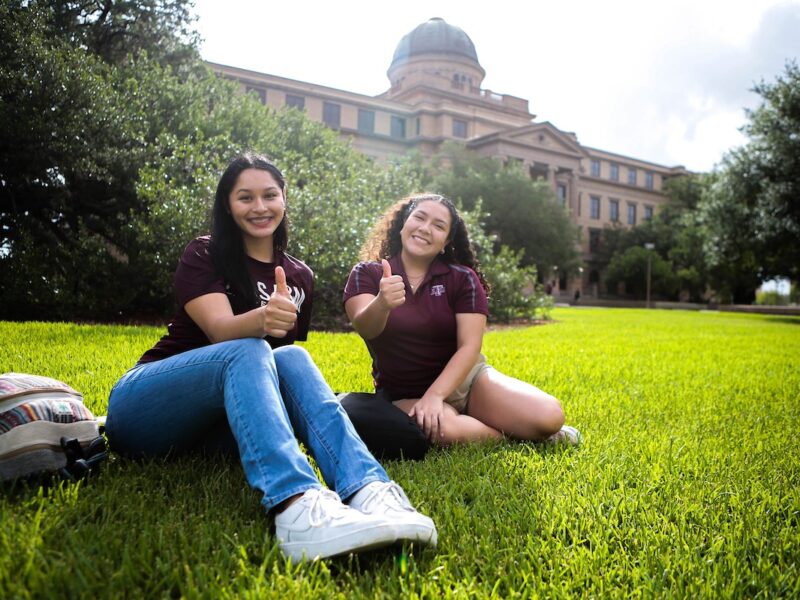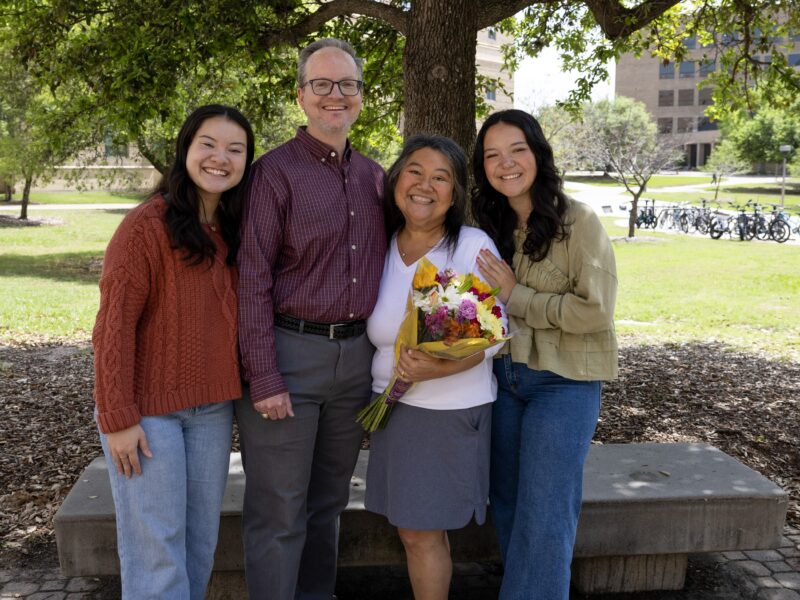Students Learn About Crisis Communications And Artist Relations, Meet Lee Brice
Texas A&M University Agricultural Communications and Journalism students enrolled in the radio broadcasting program met with iHeartMedia Austin staff and recording artist Lee Brice.
Debi McMichaels, executive assistant, iHeartMedia Austin San Antonio Region, explained the importance of radio during emergencies and how the iHeartMedia Austin cluster managed the bombing incidents in Austin. “We make sure our talent and digital people are presenting the facts. We do not want to be part of the problem,” says Abby Haynie, Director of Marketing and Digital, iHeartMedia Austin.
Bob Worden, Digital PD, iHeartMedia Austin, explained how radio is not one-dimensional media as some think. Students need to be aware that, “It’s not a cut and dry radio station. We are a media company. We write every day. We create audio. And, we produce video; it’s truly a multimedia platform.”
“We want [listeners] to be afraid to tune out because they might miss something,” says Bob Pickett, on-air talent, KVET FM, Austin and Premium Choice. Pickett showed students how he approaches his airshift by creating a feeling that will cause listeners to keep listening. Students returned the favor by helping Pickett understand how Millennials use social differently than other generations.
Current Texas A&M radio students were able to help develop a sales pitch with former Texas A&M radio student, Crystal Turnbull, who now is an Integrated Account Manager at iHeartMedia Austin.
Students also had an opportunity to see how Eric Haan, Promotions Director KASE FM and KVET FM, planned and coordinated an artist event at the iHeart cluster when Curb Nashville recording artist Lee Brice stopped in to meet fans for a listener lounge performance.
This type of partnership with broadcasters is common in the Texas A&M radio program, says Billy Ray McKim, Ph.D., who is an associate professor, and teaches radio and audience research courses. “I share what I used to do, but I depend on our partners to show them how it works now,” says McKim, who worked in radio in San Diego and Los Angeles before becoming a professor.





